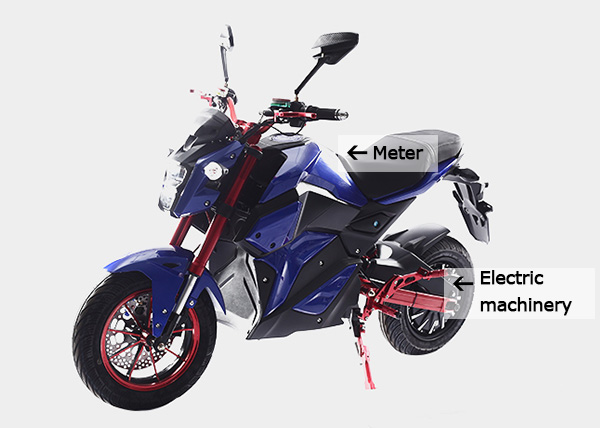Lead sulfate is highly active for a period of time afte […]
Lead sulfate is highly active for a period of time after it is formed. If it is not charged in time or is not fully charged during this period of time, so that it is not converted into positive and negative active materials in time, lead sulfate will recrystallize when the temperature is low. Precipitating on crystalline lead sulfate. Repeated this time and time again, the crystalline particles continue to grow and become lead sulfate crystals that are poor in conductivity, difficult to dissolve, and difficult to recover when charging, which is commonly referred to as irreversible salinization. There are many reasons for battery failure, such as fatal corrosion of the electrode grid, severe deformation of the electrode grid, shedding of the electrode active material, internal short circuit or open circuit of the battery, and other physical and chemical reasons. However, statistics show that most battery failures are caused by It is caused by irreversible sulfation of the electrode active material.
This kind of salt is difficult to restore to lead dioxide and spongy lead during charging, which is very harmful to the battery: its formation consumes active materials and reduces the effective capacity of the battery. This will cause the battery to be scrapped for a long time; not only it It is difficult to recover when charging, and it will block the gap of the porous electrode, hinder the passage of electrolyte, and increase the internal resistance; more heat is generated during charging and discharging, and the temperature of the battery rises, which will increase the corrosion and deformation of the electrode plate and cause the active material to fall off Lead to structural scrap of the battery; reduce the charging efficiency and prolong the charging time, resulting in waste of time and energy; lead to more serious electrolysis of water, and the battery is easy to lose water and dry up; due to the reduced capacity, the output power is insufficient, in order to maintain a certain output It can only increase the depth of discharge, which will cause the sulfation to become more serious and form a vicious circle; due to the consumption of sulfuric acid, the density of the electrolyte decreases, the high-current discharge capacity decreases, and the performance decreases.
The main reasons for irreversible sulfation during battery use include:
Frequent deep discharge and over-discharge, failure to charge in time or insufficient charge;
In the state of power shortage, the battery will be poor when left unused for a long time;
The performance of the batteries in the battery pack is inconsistent, and there are lagging batteries with large differences; the performance is that the capacity of a battery in the battery pack is significantly lower than that of the other batteries, causing the voltage of the entire battery pack to drop. It still needs to be charged to form an overcharge. When discharging, the backward battery is first emptied to form an overdischarge, which leads to further intensification of sulfation, which makes the backwardness more serious and forms a vicious circle;
The electrolyte density is too large;
Changes in battery ambient temperature.
www.hangpai-ebike.com

Zhejiang Hangpai Electric Technology Co., Ltd.